OH MY!
I’ve certainly opened a Pandora’s box with this one. Seems every part is damaged in some way. Pieces crumbling in my hand to dust. Sections rotted and riddled with worm holes. Cracks that seem to defy repair in any sensible way. Not sure if I should try and splice in new pieces or just remake entire pieces. Then I’m left with the situation of replicating the finish and age. The wood is so dry, and so black that the refinishers I’m using seem to have little effect at getting back to a decent color. As it sits right now it looks like something left over from a fire. Chunks of blackened wood with parts and sections missing.
Time to go to my fall back position,,,EXPERIMENT ! I have little to loose by trying alternative means. I’m sure I’ll figure something out. This may take some time.
The starting point.
The back panel for the chair which fits between the spiral uprights. Nice crack!
The canopy that will be attached to the spiral uprights supported by the large volutes.
Other pieces that will also make up the back of the chair. The small brackets support the larger volutes.
The right arm ,, split and missing a decent size portion.
The spiral uprights. Removing them from the main section was a nightmare. All the fasteners ( nails) were driven in through the outside areas. The wood being so dry and brittle caused many of the pieces to just fall off.
The main body of the chair. There is no turning back now. I’ve got to figure something out.
Parts left after the “fire sale” … sort of what this collection of parts looks like , doesn’t it?
The canopy and volutes
It’s a nicely carved volute, that’s for sure.
Close up of the other panels that make up the back of the chair as well as the small brackets that support the volutes.
Only three words describes this piece,,,,,, IT’S A MESS !
Me and my bright ideas.






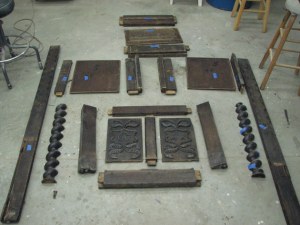










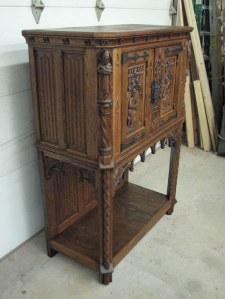



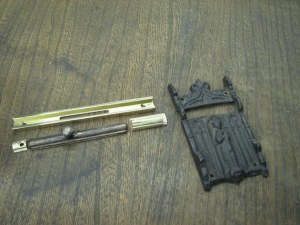








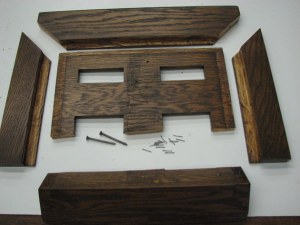


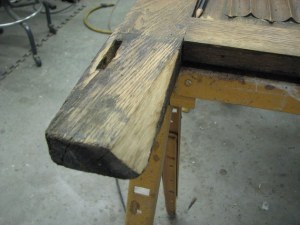

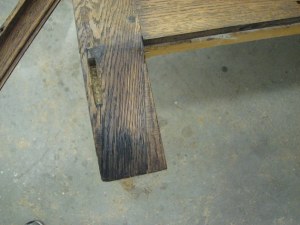

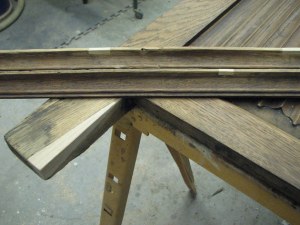
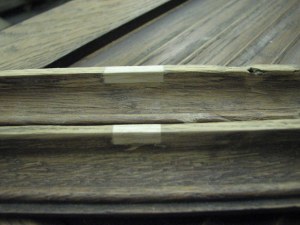
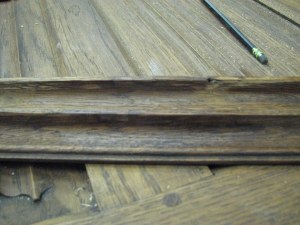



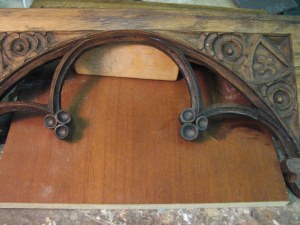











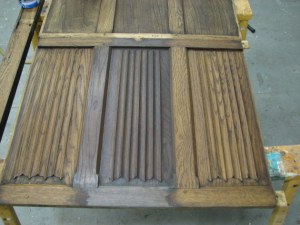
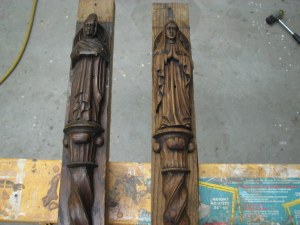




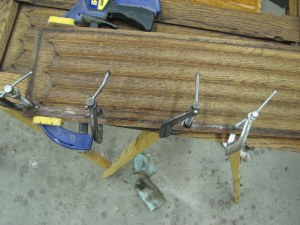



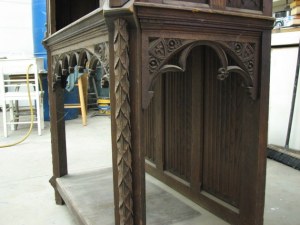
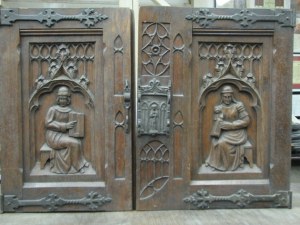
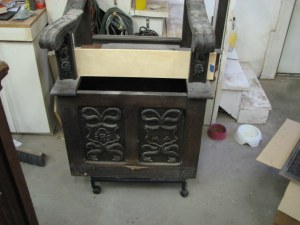



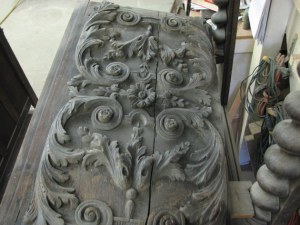




recent comments